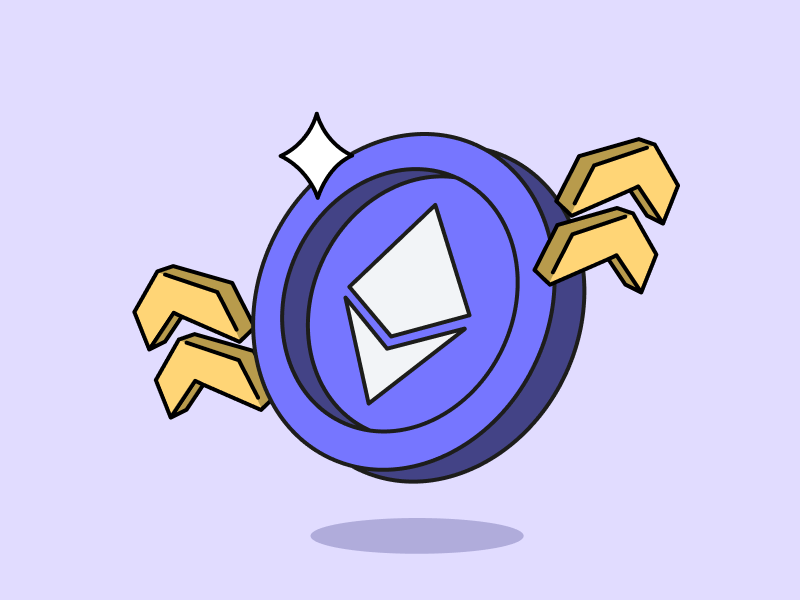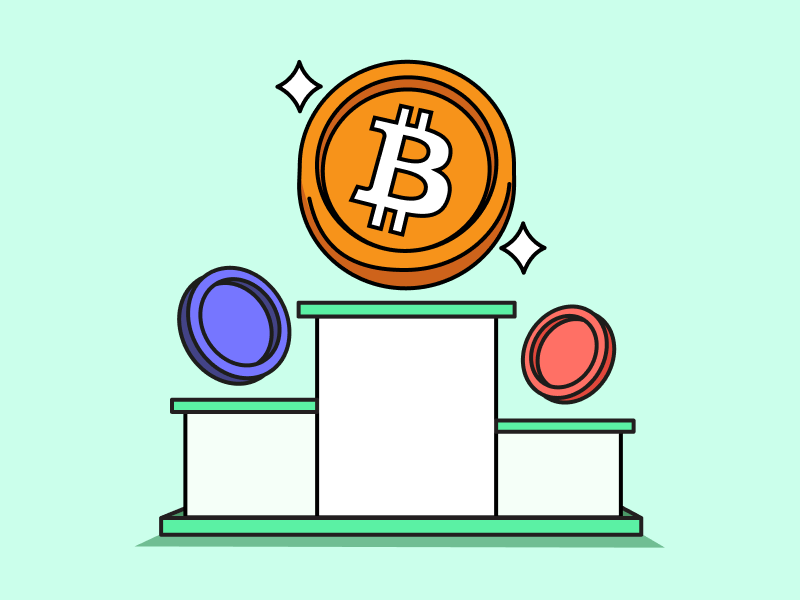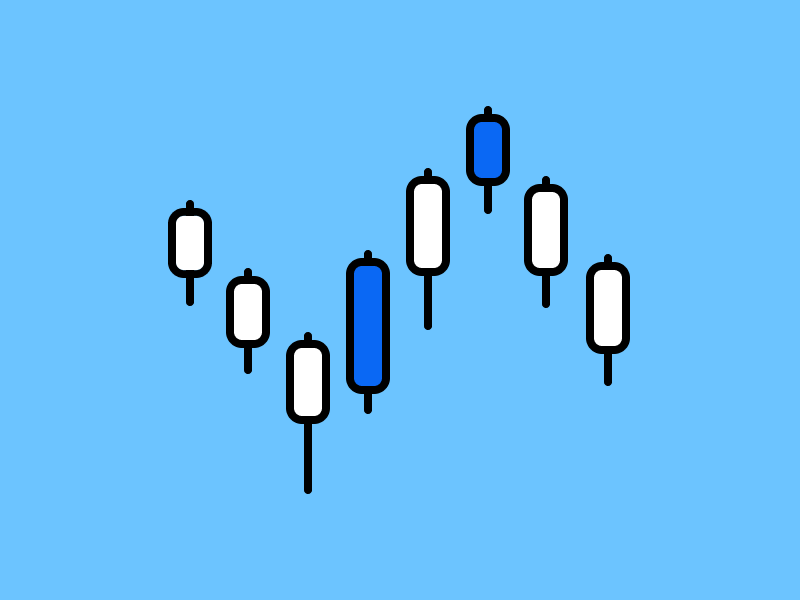Decentralized Artificial Intelligence: Integration of Blockchain and AI
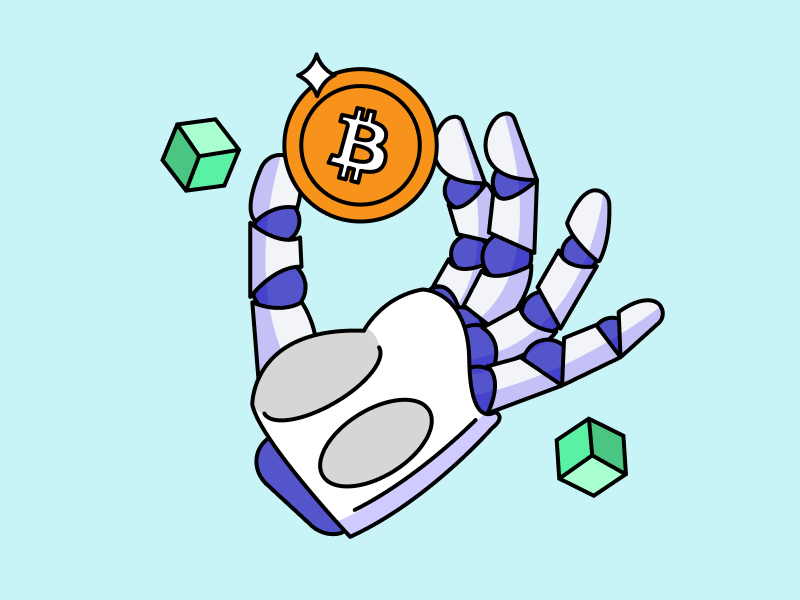
Artificial intelligence technology is growing these days very rapidly. It refers to using machines and algorithms for tasks that usually require human intelligence, such as natural language processing, to solve problems. Previously, the development of AI projects were mostly developed exclusively by large companies such as Microsoft with OpenAI and Google with DeepMind. This exclusivity hindered independent researchers and developers from developing similar technologies, leading to the development of blockchain-based AI technology known as decentralized artificial intelligence. So, what is decentralized artificial intelligence, and what are its uses in the AI industry? Let’s read the following article.
Article Summary
- 🤖 Decentralized artificial intelligence (AI) is an AI system that combines the power of artificial intelligence with blockchain technology. It refers to the development of AI applications on a decentralized blockchain infrastructure.
- 🧨 Some issues in the AI industry include centralized AI systems, data security vulnerabilities, and limited computing power to train AI models.
- 🔗 Blockchain can address these limitations in AI by decentralizing AI systems, improving data security and computing power, and supporting the automation of AI agents in executing smart contracts.
- 👠Some examples of crypto AI include SingularityNET , Fetch AI , Render Network (RNDR), Bittensor , and Alethea (ALI).
What is Decentralized Artificial Intelligence (AI)?
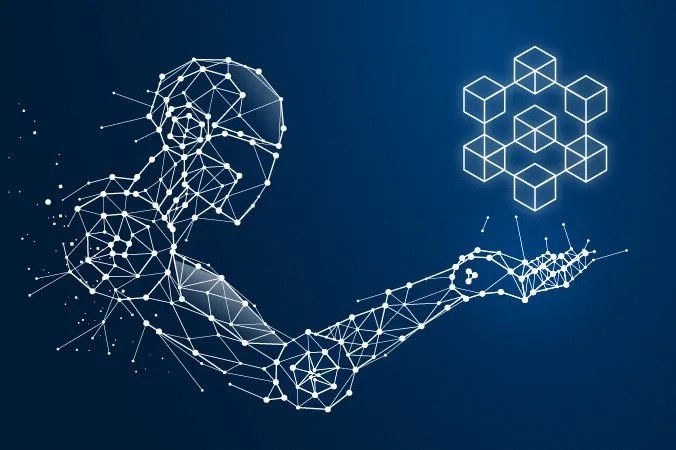
Decentralized AI is a type of AI system that combines the power of artificial intelligence with blockchain technology. It refers to the development of AI applications on a decentralized blockchain infrastructure. Development and decision-making are not determined by a large entity or company but rather by a community of developers who take responsibility through a decentralized autonomous organization (DAO).
Overview of Artificial Intelligence (AI)
Artificial Intelligence (AI) replicates human intelligence in machines programmed to perform problem-solving, decision-making, perception, and natural language processing tasks.
AI algorithms understand patterns and solve problems without the need for human assistance. It analyzes incoming data, learns from it, and uses its knowledge to solve a given task. So, these algorithms work by processing data independently and finding solutions without human assistance.
block-heading joli-heading" id="the-problems-in-the-ai-industry">The Problems in the AI Industry
- Centralized AI Systems
AI models rely on big data to train them to understand patterns and complete tasks. The data in these systems is usually collected from one or more sources and controlled by a single entity. It means that only a few organizations or individuals have access to and benefit from the technology. Thus, it could create a ‘digital divide,’ where those who do not have access to the data or technology are left behind.
- Data Privacy and Security
Personal information may include sensitive details such as biometrics, health records, financial information, and personal identity. Privacy concerns arise when this information is collected without consent, shared without authorization, or used for purposes other than intended. AI algorithms can potentially expose these vulnerabilities by analyzing and identifying patterns in the data. It can lead to data breaches and identity theft by unauthorized users. Therefore, computer system security needs to be strengthened to keep pace with the rapid development of AI.
- Computing Power
AI companies need extensive resources and significant computing power to train AI models. AI companies often face the choice of investing in their hardware and sacrificing scalability or choosing a cloud service provider and paying a higher price. The high computation cost for AI creates significant barriers for researchers and organizations pursuing advancements in this field.
Based on data from Messari, Stablility.AI, the creator of Stable Diffusion, a text-to-image generator, used 4,000 Nvidia A100 GPUs running in AWS' cloud to train their AI models. It cost them more than $50 million for a month.
How Blockchain Addresses the Limitations of AI?
The integration of blockchain technology and AI can potentially develop a wide range of applications by utilizing the advantages of both technologies. Here’s how blockchain helps improve AI limitations.
Decentralizing the System
In AI centralized system, all development and decision-making processes are conducted by a single entity. However, in a decentralized system, many different entities can contribute to developing and improving the AI system. It can lead to a broader perspective and more innovation, as many contributors can participate in developing the AI system. In addition, by using a decentralized system, developers can create and train AI models transparently with less risk of bias.
Improving Data Security
Combining the two technologies can create a secure and intelligent system. Decentralized AI models can provide greater privacy for individuals. Blockchain technology can encrypt data and ensure only authorized users can access it.
Blockchain technology uses encryption to protect data from unauthorized users, making it more secure than centralized AI systems. Authorized users can access the data, and multiple nodes can quickly detect and address any anomalies. This high security makes it more difficult for hackers to steal or destroy sensitive information.
Decentralized Computing Power
Decentralized computing networks can overcome the need for significant computing power to develop AI models. In this network, individuals or companies can use the ‘idle’ computing resources of the users who provides them. The user that provides the resources will be incentivized in the form of crypto assets.
Decentralized computing networks can offer lower prices compared to centralized cloud providers. It is because there is no additional cost for the provider of computing resources, unlike the centralized providers that must purchase and maintain hardware to sell their services.
AI Agent Automation
The main advantage of integrating these two technologies is that it enables fully automated AI agents to perform transactions and make contracts with each other without the need for human intervention.
Users can use a crypto asset to run the AI agent. Furthermore, the AI agent will execute smart contracts autonomously to carry out the user’s tasks. It can accelerate various AI-driven industries, such as tourism, transportation, robotics, e-commerce, etc.
5 AI-based Blockchain Projects
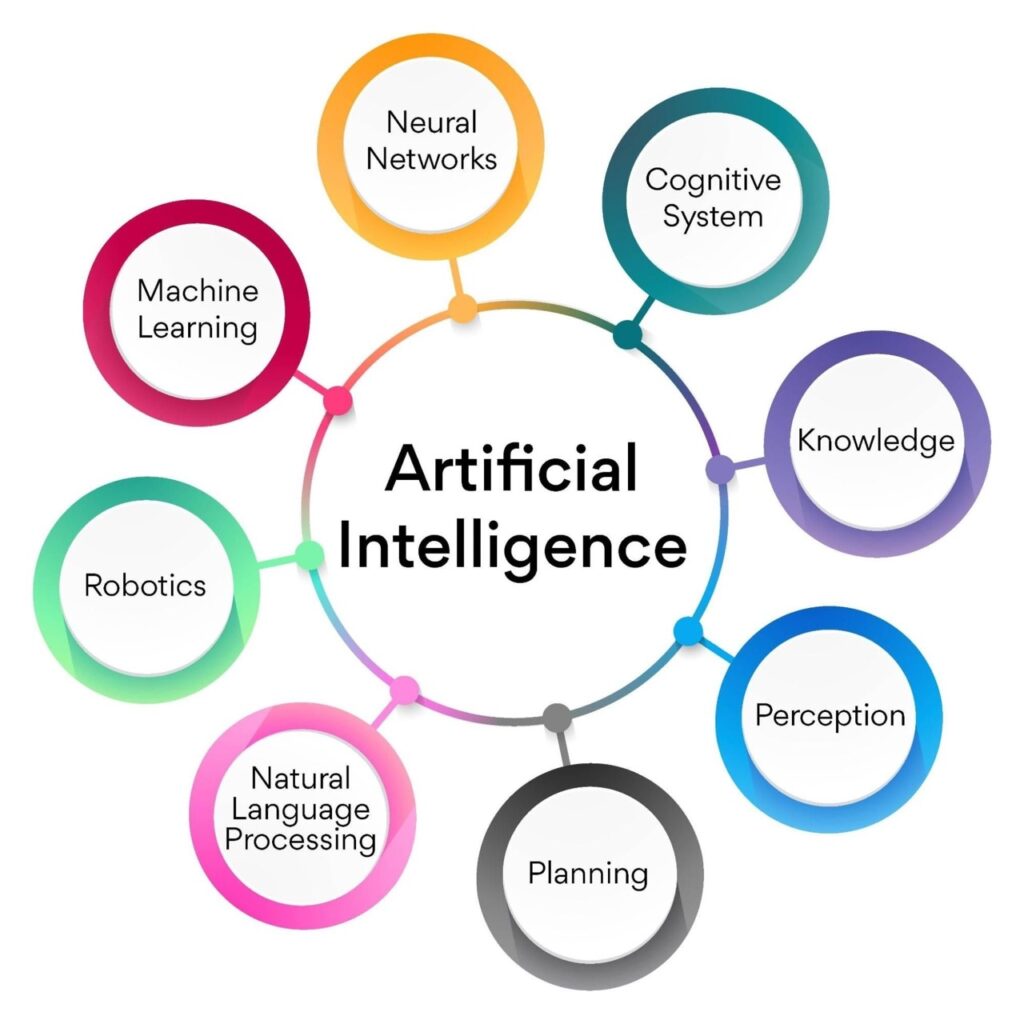
As technology develops, including artificial intelligence, more and more crypto or blockchain-based projects aim to decentralize AI. Below are examples of some decentralized applications that use artificial intelligence:
AI Marketplace – SingularityNET (AGIX)
SingularityNet allows independent developers to easily share and sell AI programs using a public website and decentralized marketplace. The platform runs on the Ethereum and Cardano networks, making it one of the most data-secure AI marketplaces.
Autonomous Agents – Fetch AI (FET)
Fetch AI runs an automation system with Autonomous Economic Agent (AEA) technology, or Digital Twin. Digital Twin can execute tasks independently and share data with other Digital Twins.
On March 28, 2023, Fetch AI launched a wallet integrated with GPT-3.5 to provide instant assistance. Users can also ask about wallet functions, project fundamentals, and the broader Fetch AI ecosystem.
Decentralized Infrastructure – Render Network (RNDR)
Render Network is one of the projects addressing computing power issues in the AI industry. Render Network is a peer-to-peer Graphics Processing Unit or GPU provider that connects users who want to render work with users with ‘idle’ GPUs.
Quoted from Messari, rendering is taking raw information (materials, lighting, etc.) from a 2D or 3D scene and processing it on a computer to get the final result. This process is widely used in animation, games, simulators, and special effects in film and television.
Decentralized Neural Network – Bittensor (TAO)
Bittensor is a decentralized machine learning network. On this platform, independent developers collaboratively train machine learning models and deploy them across a distributed network of nodes.
Unlike large entities that control machine learning development behind closed doors, Bittensor aims to create an open-source machine learning network accessible to anyone.
Generative AI – Alethea (ALI)
Alethea allows users to create avatar characters based on text descriptions. By utilizing AI technology, the avatar can interact with other users. The platform also combines AI technology with iNFT (intelligent NFT), which allows users to create NFTs embedded with AI animation, voice recognition, and generative AI capabilities.
Conclusion
The combination of blockchain and AI has given rise to decentralized AI, which utilizes the security and transparency of blockchain technology to enhance data processing. In this context, developers can gather data from multiple sources and verify it through the blockchain network, ensuring the accuracy and reliability of AI models.
Overall, the integration between blockchain and AI is still in the early stages. But, the potential for creating new decentralized data applications is enormous. With interacting economic and technological factors, the trend of decentralized AI is likely to become more exciting than ever.
Buy AI Tokens on Pintu
Interested in investing in AI tokens? Take it easy, you can buy various AI tokens such as GRT, FET, ROSE, OCEAN and others safely and easily on Pintu. Furthermore, Pintu has subjected all its crypto assets to a thorough evaluation process, emphasizing the importance of prudence.
Pintu is also compatible with popular wallets such as Metamask to facilitate your transactions. Download Pintu app on Play Store and App Store! Your security is guaranteed because Pintu is regulated and supervised by Bappebti and Kominfo.
In addition to executing transactions, on Pintu Apps, you can also learn more about crypto through various Pintu Academy articles updated weekly! All Pintu Academy articles are made for knowledge and educational purposes, not as financial advice.
References
- Toshendra Kumar Sharma, The Potential Of Decentralized Artificial Intelligence In The Future, Blockchain Council, accessed 12 April 2023.
- Patrick Dynamo Defi, The Synergies between AI and Crypto, Twitter, accessed 12 April 2023.
- Sami Kassab, Decentralizing Machine Learning, Messari, accessed 12 April 2023.
- AI Work, Decentralized Artificial Intelligence, Medium, accessed 13 April 2023.
- Turing Team, The Future of AI and Blockchain Technology & How It Complements Each Other? Turing, accessed 13 April 2023.
Share
Related Article
See Assets in This Article
FET Price (24 Hours)
Market Capitalization
-
Global Volume (24 Hours)
-
Circulating Supply
-
